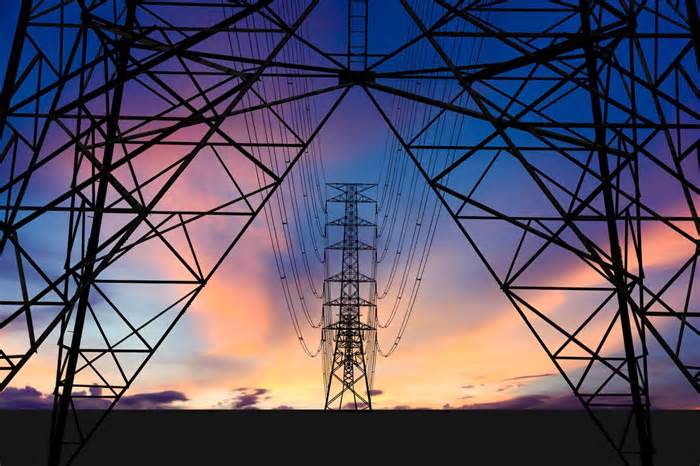
Grid Modernization Is Essential — AI At The Edge Can Help
- by Forbes
- Nov 12, 2024
- 0 Comments
- 0 Likes Flag 0 Of 5

Power impacts everything
In our modern, energy-dependent society, even brief disruptions in the power supply can have significant impact, making the protection and maintenance of power grids an absolute necessity. As changing weather patterns threaten communities around the world, consumer demands and government mandates for clean, consistent power sources are driving significant changes in the energy sector.
Industry analysts predict US power demands will increase by roughly 2.4% annually through 2030, representing an increase in power demand “that hasn’t been seen in the US since the early years of this century.”1 Increased adoption of distributed energy resources (DERs) — such as solar panels, wind turbines and batteries — promise to enhance energy production. However, DERs can be variable and intermittent. This creates a mismatch between the timing of renewable energy production and the demand for electricity, presenting two challenges:
Grid stress: Conventional power plants must quickly ramp up production when DERs drop off, putting physical stress on transmission lines, transformers and other infrastructure.
Power availability: Extreme fluctuations and power shortages make it difficult to perform the second-to-second balancing act of electricity supply and demand.
Implementing ancillary services
To address these issues, grid operators have implemented ancillary services that help maintain the reliability and stability of the power grid. These can include:
Frequency regulation to keep system frequency stable and within acceptable values
Spinning reserves to provide standby capacity for short periods
Non-spinning reserves for capacity that can be ramped up within minutes
Voltage support to maintain high power quality during voltage fluctuations
Ancillary services and demand response are an integral part of grid modernization. They are crucial for balancing supply and demand, preventing disruptions, and helping the system recover after a power event. Modernizing, by converging IT and operational technology (OT) infrastructure, is another critical step to significantly improve the effectiveness and efficiency of ancillary services, enabling enhanced monitoring, control and coordination.
Modernization closes the energy edge IT gap
For most grid operators, there is a significant IT gap at the energy edge. Operators struggle with siloed and outdated systems that are difficult to manage and require remote and/or manual updates, and IT tasks are often performed by on-site OT personnel.
Making the grid more intelligent and connected introduces a modernized IT stack that increases grid reliability and cyber-resilience while reducing grid emissions along with operations and maintenance costs. These new capabilities need to be continuously managed and updated—a daunting task under typical isolated edge conditions.
That’s why modern IT systems at the energy edge need to be built with both automation and artificial intelligence (AI). Intelligent systems that integrate IT and OT reduce management complexity to enhance productivity and enable rapid deployment of new and innovative solutions. Air-gapped and regulation-compliant systems provide the highest levels of security for critical infrastructure. Features such as smart fault detection, predictive maintenance, and outage management enhance reliability.
By modernizing IT at the edge, electric grid operators can optimize performance and achieve a rapid and significant return on investment. These benefits pave the way for accelerating integration of renewable DERs, battery storage, and microgrids, promoting sustainable practices and reducing carbon emissions.
At Dell Technologies, we’re working to make this vision of a modern grid a reality. For example, Dell NativeEdge can simplify edge operations with centralized management and orchestration, zero-touch deployment, secure device onboarding, and automated operations from edge to cloud.
Dell NativeEdge is optimized for AI at the edge with an open design that supports a wide choice of AI solutions. Plus, it helps protect the electric grid with support for Zero Trust across data, application and infrastructure layers. These features can effectively bridge the edge IT gap to make grid modernization more practical and attainable.
Learn more about how Dell supports energy industry use cases with AI at the edge.
Please first to comment
Related Post
Stay Connected
Tweets by elonmuskTo get the latest tweets please make sure you are logged in on X on this browser.
Sponsored
Popular Post
Tesla: Buy This Dip, Energy Growth And Margin Recovery Are Vastly Underappreciated
28 ViewsJul 29 ,2024






 Energy
Energy



















